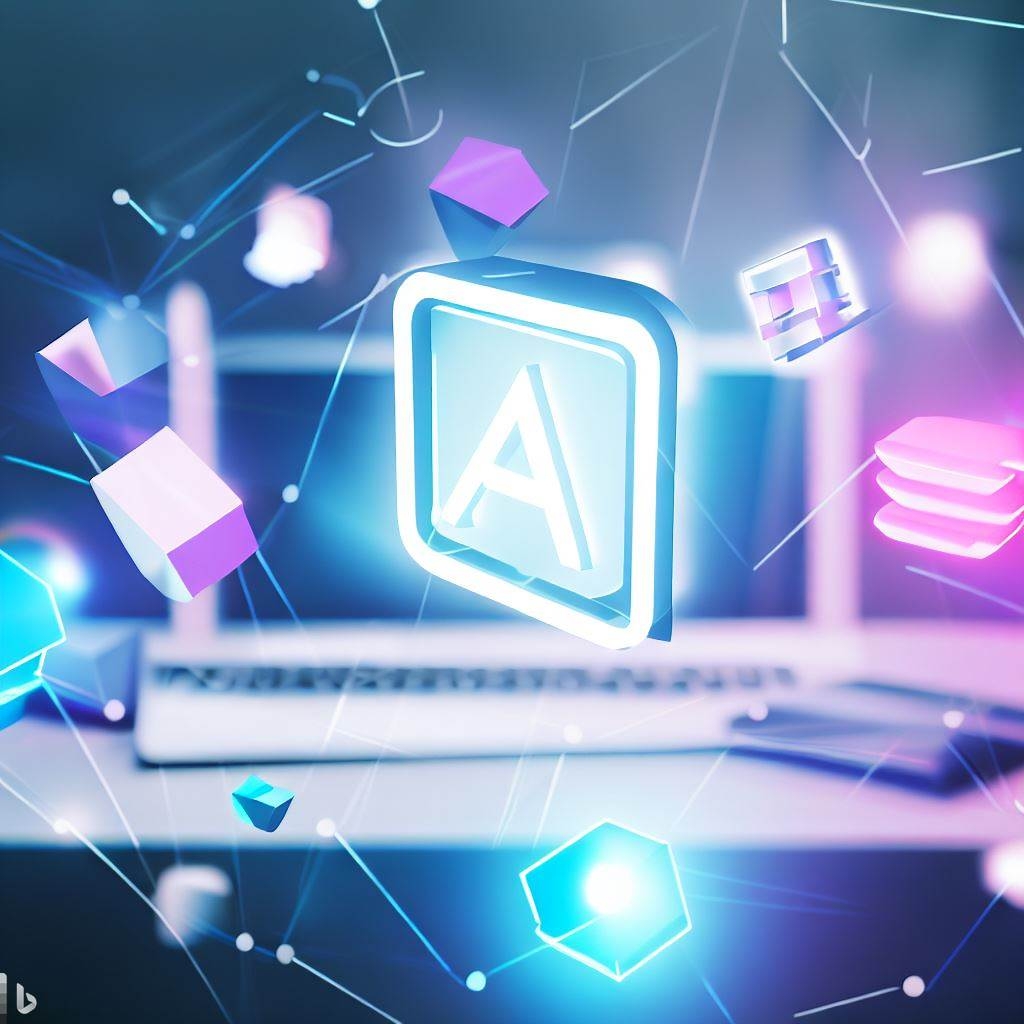ARKit vs. Other AR Development Platforms: A Comparative Analysis

Augmented Reality (AR) has become a transformative technology, offering exciting possibilities across various industries. With the increasing demand for AR experiences, numerous AR development platforms have emerged. In this article, we will conduct a comparative analysis of ARKit, Apple’s AR development framework, and other popular AR development platforms, highlighting their features, capabilities, and advantages. This analysis will help you make an informed decision when choosing the right AR development platform for your project.
- ARKit: Apple’s AR Development Framework: ARKit is a robust AR development framework specifically designed for iOS devices. It offers seamless integration with Apple’s hardware and software ecosystem, providing developers with powerful tools and features. ARKit utilizes advanced computer vision techniques to enable precise tracking, scene understanding, and realistic rendering of virtual objects in the real world. Key advantages of ARKit include:
- Robust tracking capabilities: ARKit leverages the device’s camera and motion sensors to accurately track the real-world environment, allowing virtual objects to interact seamlessly with the physical world.
- Extensive feature set: ARKit provides a wide range of features, including plane detection, object tracking, face tracking, light estimation, and spatial audio, enabling developers to create immersive and interactive AR experiences.
- Optimization for Apple devices: ARKit is optimized to work seamlessly with Apple’s hardware, delivering high performance and efficiency. It takes advantage of Metal, Apple’s low-level graphics and compute API, for enhanced rendering capabilities.
- ARCore: Google’s AR Development Platform: ARCore is Google’s AR development platform, aimed at Android devices. It offers similar functionality to ARKit, providing developers with the tools to create compelling AR experiences. Some notable features of ARCore include:
- Motion tracking and environmental understanding: ARCore utilizes the device’s camera and sensors to enable precise motion tracking and environmental understanding, allowing virtual objects to interact with the real world.
- Cloud Anchors: ARCore supports Cloud Anchors, which enable shared AR experiences across multiple devices. This feature allows users to collaborate and interact with virtual content together.
- Cross-platform compatibility: While primarily focused on Android, ARCore is designed to be cross-platform, enabling developers to build AR experiences that can run on a wide range of Android devices.
- Vuforia: Robust AR Development Platform: Vuforia is a popular AR development platform that supports both iOS and Android devices. It provides a comprehensive set of tools and features for creating AR applications. Key features of Vuforia include:
- Image recognition and tracking: Vuforia excels in image recognition and tracking, allowing developers to create AR experiences triggered by specific images or objects.
- Extended tracking and ground plane detection: Vuforia supports extended tracking, which allows virtual objects to persist in the environment even when the target is no longer in view. It also provides ground plane detection, enabling virtual objects to be placed on horizontal surfaces.
- Advanced computer vision algorithms: Vuforia’s advanced computer vision algorithms enable robust tracking and scene understanding, facilitating the creation of engaging AR experiences.
- Unity: Game Engine with AR Capabilities: Unity is a widely-used game engine that also offers AR development capabilities. It supports multiple platforms, including iOS and Android, making it a versatile choice for AR development. Some key features of Unity for AR development include:
- Visual scripting and code-based development: Unity provides a visual scripting system called Playmaker, which allows developers to create AR experiences without extensive coding knowledge. It also supports code-based development with C# for more advanced functionality.
- Extensive asset library: Unity has a vast library of pre-built assets and plugins that can be leveraged to accelerate AR development. This library includes 3D models, animations, particle effects, and more.
- Spark AR: AR Development for Social Media: Spark AR is a powerful AR development platform specifically designed for creating AR effects for social media platforms like Instagram and Facebook. It provides a user-friendly interface and a range of features tailored for creating interactive AR experiences for social media users. Key features of Spark AR include:
- Effects creation: Spark AR offers a visual editor that allows developers to easily create AR effects using a node-based system. It provides a wide range of interactive features, such as face filters, 3D objects, animations, and more.
- Social media integration: Spark AR seamlessly integrates with popular social media platforms, allowing developers to publish and share AR effects directly on platforms like Instagram and Facebook, reaching a large user base.
- Community and collaboration: Spark AR has a thriving community of developers who share resources, tutorials, and support. It also offers collaboration features that enable multiple developers to work together on AR projects.
Conclusion: When choosing an AR development platform, it’s crucial to consider the specific requirements and goals of your project. ARKit, ARCore, Vuforia, Unity, and Spark AR are all powerful platforms with unique features and advantages. ARKit stands out for its seamless integration with Apple’s ecosystem and optimized performance on iOS devices. ARCore provides cross-platform compatibility and collaboration capabilities. Vuforia excels in image recognition and tracking. Unity offers extensive flexibility and a vast asset library. Spark AR focuses on creating AR effects for social media platforms.
Evaluate the features, compatibility, development tools, and community support offered by each platform to determine which one aligns best with your project requirements. Ultimately, selecting the right AR development platform will contribute to the success of your AR application and help you deliver captivating and immersive AR experiences to your users.








